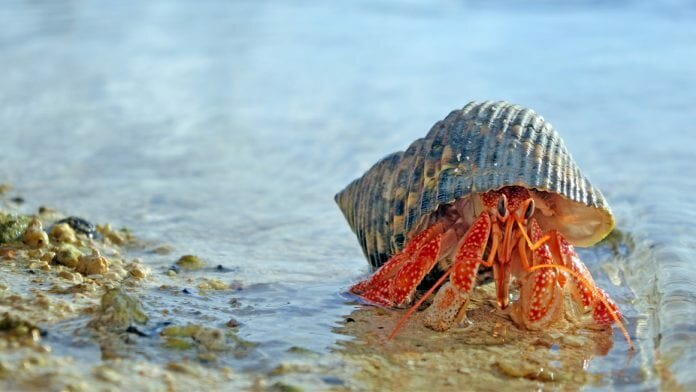
A new study has revealed the potential of marine biotechnology to develop an environmentally sound replacement for plastics.
The ‘Marine industrial biotechnology applications’ study, operating with support from the Interreg Atlantic Area Programme through the European Regional Development Fund, was conducted as part of the KETmaritime project: a €1m initiative aiming to integrate Key Enabling Technologies into maritime industries based in the Atlantic region. The study was led by Spanish industrial research and development firm IDONIAL, with support from the International Iberian Nanotechnology Laboratory (INL) – a nanotechnology development institution based in Portugal – and UK maritime business consortium Marine South East.
Project co-ordinator Ana Vila of the INL said: “We are witnessing a major global movement as countries around the world are looking to prohibit or limit the use of conventional plastics. There is growing pressure to find more sustainable and environmentally friendly alternatives. Recent advances in the production of biopolymers from marine sources such as algae, crabs, shrimp and prawn waste are proving hugely successful. A key attraction is the ‘biodegradability’ factor, which could help reduce the problem of marine litter – considered by the European Commission as one of the largest current threats to the environment.”
The study found that naturally occurring polymers found in waste emitted by crabs, prawns and shrimp can be used to produce biodegradable materials similar to plastic. ‘Chitin’ and ‘chitosan’ polymers, both found in crustaceans, can be used to produce plastic substitutes for a wide array of applications, including agricultural materials; textiles; biomedical and pharmaceutical materials; anticoagulants; and ingredients in cosmetic products.
David Santos from IDONIAL said: “The exploitation of fish and shellfish biowastes to produce chitin and chitosan presents a large business opportunity for the EU market. The global chitin market is expected to reach $2,900m [€2,603m] by 2027. The healthcare segment is projected to grow at the highest rate, with waste and water treatment applications offering significant growth opportunities…[w]hile the bio-based plastics sector is developing rapidly it remains expensive in comparison to conventional fossil plastics. The price is mainly driven by the cost of feedstocks and processing steps. In order to harness its true commercial potential experts in this area will be working hard over the coming years to reduce production costs right along the value chain.”


















